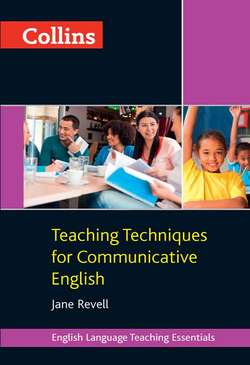Читать книгу Collins Teaching Techniques for Communicative English - Jane Revell - Страница 10
1.3 Communicative competence
ОглавлениеIn 1965 the American linguist Noam Chomsky[1:2] made a distinction very similar to the one that Ferdinand de Saussure had made between ‘langue’ and ‘parole’ in 1916.[1:3] The distinction made by Chomsky was between ‘competence’ – a speaker’s intuitive knowledge of the rules of their native language – and ‘performance’ – what the person actually produces by applying these rules. Chomsky was talking about grammatical rules: native speakers, he said, know intuitively which sentences are grammatical, and which are not, and it is their linguistic competence which tells them this.
In 1970, Campbell and Wales[1:4] proposed that the Chomskyan notion of competence should be extended beyond purely grammatical competence to include a more general communicative ability. Language does not occur in isolation, as Chomsky seemed to suggest; it occurs in a social context and reflects social rather than linguistic purposes. A child acquires a knowledge of sentences not only as grammatical, but also as appropriate to the context in which they are made. ‘He knows when and when not to speak, what to talk about with whom, when, where, and in what manner’.[1:5] A child has communicative competence as well as linguistic competence.
Theories of communicative competence imply that teachers must do more than just supply learners with a number of language structures to manipulate. There are cases of people being unable to use a language after years of formal teaching! We need to demonstrate how language items are used, and in what situations they are appropriate. We need to show learners that a choice of words is possible, indeed necessary, and will colour the propositional content of what they say. They must teach them, in short, the ‘use’ of language as well as its ‘usage’.[1:6]
